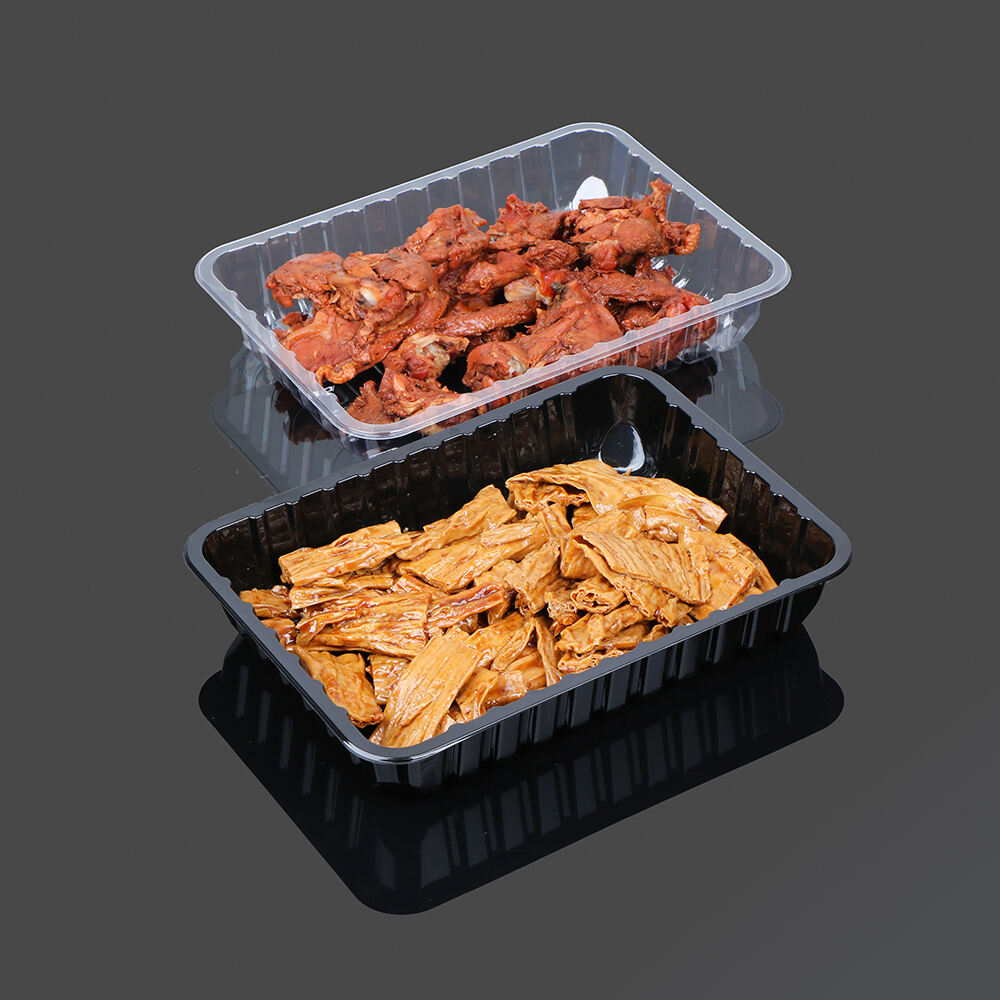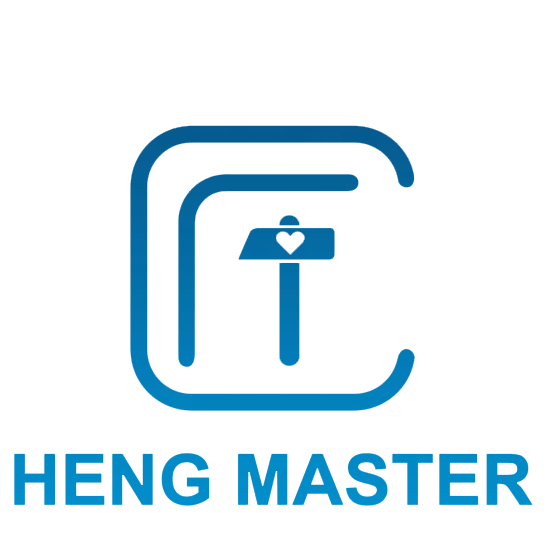MAP meat trays, or Modified Atmosphere Packaging meat trays, are specialized trays designed to extend the shelf life of fresh meat products through the use of controlled gas environments. These trays are typically made from high-barrier plastics such as PET (polyethylene terephthalate) or PP (polypropylene) combined with barrier films, which prevent gas permeation and maintain the integrity of the modified atmosphere inside the package. The core principle of MAP is to replace the air inside the tray with a mixture of gases—usually carbon dioxide (CO₂), nitrogen (N₂), and sometimes oxygen (O₂)—tailored to the specific type of meat. For example, red meats like beef and lamb often require a higher oxygen content (around 60-80%) to preserve their bright red color, which is associated with freshness by consumers, while CO₂ (20-40%) acts as a preservative to inhibit bacterial growth. For processed meats or poultry, the gas mixture may have lower oxygen levels to slow oxidation and spoilage. MAP meat trays feature a rigid, leak-resistant design with raised edges to contain meat juices and prevent contamination, ensuring the gas mixture remains effective. They are compatible with heat-sealing processes that bond a barrier film tightly to the tray, creating an airtight seal that locks in the gas mixture and protects against external contaminants. These trays come in various sizes to accommodate different cuts of meat, from small trays for individual steaks to large trays for family-sized roasts. The material’s transparency allows consumers to clearly view the meat’s quality, including color, marbling, and texture, which are key factors in purchasing decisions. Manufactured in cleanroom environments to meet strict hygiene standards, MAP meat trays are made from food-grade, BPA-free materials, ensuring safety for direct contact with meat. They also support efficient handling and storage, as the extended shelf life reduces waste and allows for longer distribution chains. Whether used in supermarkets, butchers, or meat processing facilities, MAP meat trays play a critical role in maintaining meat freshness, enhancing product appeal, and reducing food waste by slowing spoilage and preserving quality for 2-5 times longer than traditional packaging methods.


Copyright © 2025 by Zhejiang Hengjiang Plastic Co., Ltd. - Privacy policy